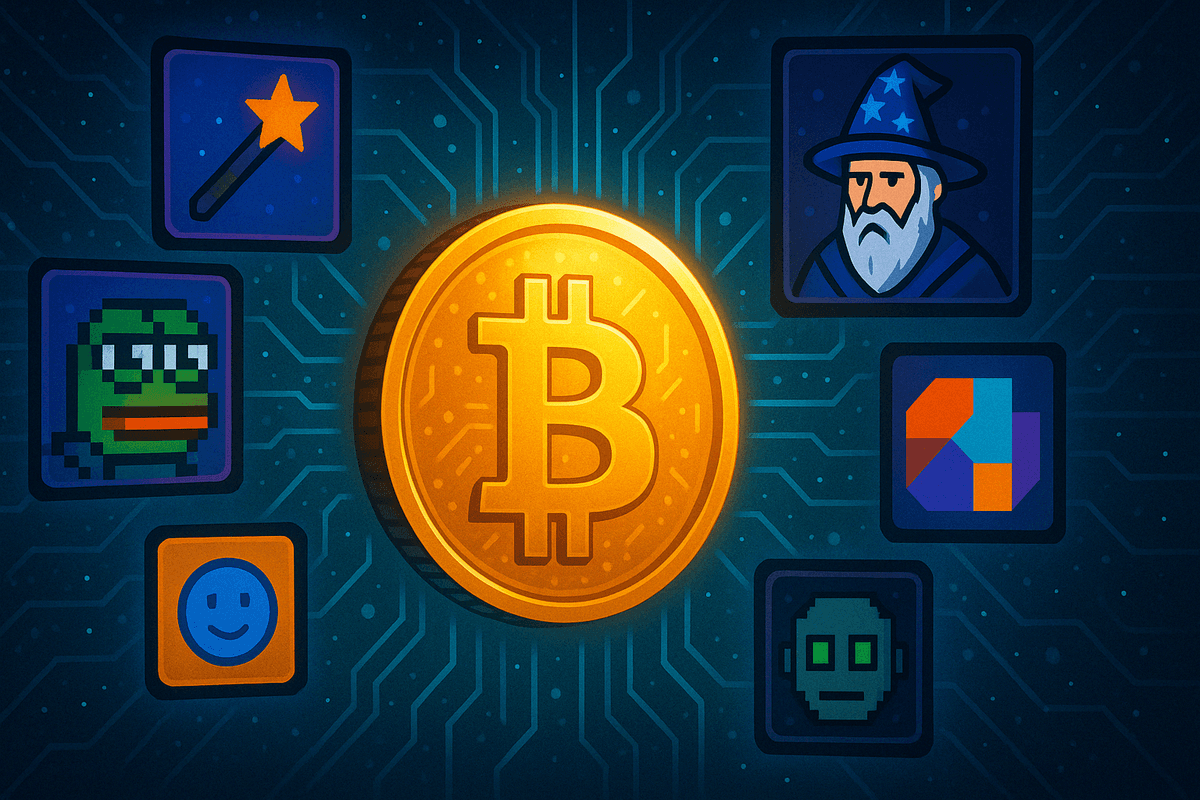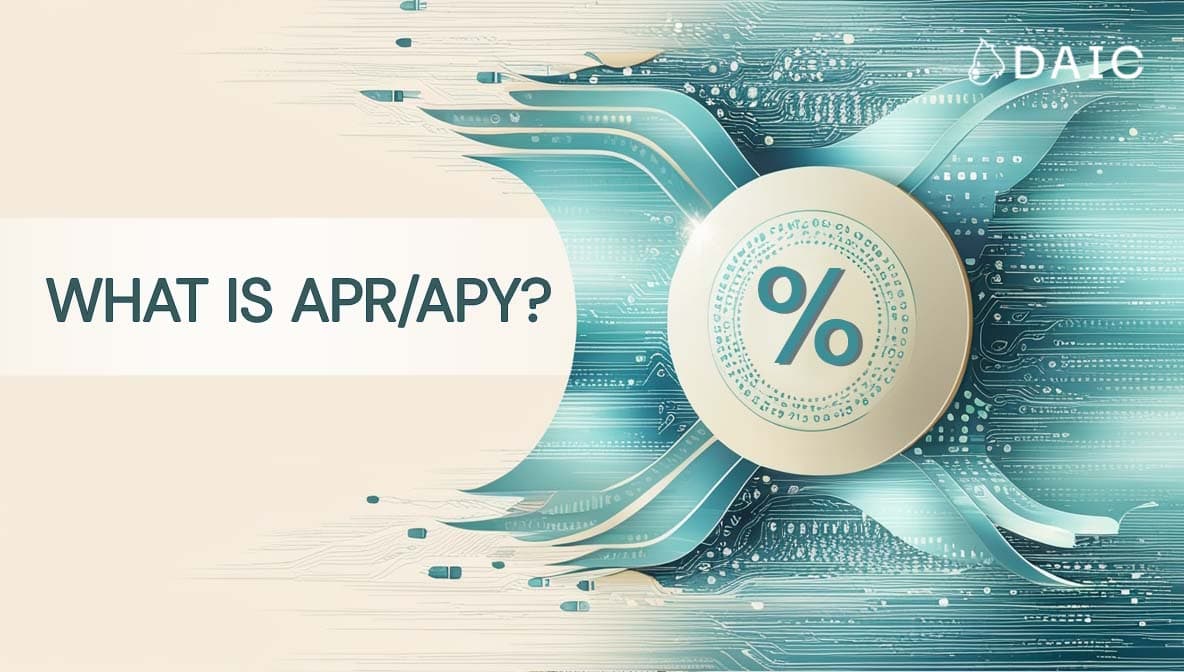So, you've got some Bitcoin and you keep hearing about "staking" to earn rewards. Makes sense, right? But here’s the twist: Bitcoin operates on a Proof-of-Work (PoW) network, which means it doesn't natively support staking like most other coins. Does that mean your Bitcoin has to just sit there? Nope! Welcome to the exciting world of Bitcoin DeFi (or BTCFi). It's a whole ecosystem with clever ways to put your Bitcoin to work for potential profits.
Key Takeaways
- No Native PoS Staking: Because of the PoW's nature, earning yield on BTC means using other methods, like lending.
- Lots of Ways to Earn: From super simple “earn” programs on big exchanges to more adventurous DeFi plays, you've got options.
- Yield Isn't Risk-Free: Every single method comes with risks. Think market crashes, platforms going bust, code bugs draining funds, etc. There's no free lunch here.
- APYs Change Constantly: See an amazing rate advertised? It could be gone tomorrow (or even today!). Rates are highly volatile and NOT guaranteed.
- Do Your Homework (DYOR!): Seriously, research any platform or protocol before you put your Bitcoin in. This article is just a starting point, not financial advice!
Clearing Things Up: "Staking" vs. Earning Yield on Bitcoin

So, what's the deal with “staking” Bitcoin? Here's the scoop: Bitcoin security relies on Proof-of-Work, where miners race, using immense computing power to solve a complex cryptographic puzzle to find (or create) new blocks and validate the transactions within them. This mining process is fundamentally different from Proof-of-Stake systems, which rely on users locking ('staking') their own coins to help validate and secure the network directly.
BUT... let's be practical. When most holders go online to search for "Bitcoin staking," what they really want to find out is: "How do I get my sitting-around-doing-nothing Bitcoin to earn me some passive income or returns?"
And guess what? One of the most popular and often the simplest ways people start doing exactly that is by lending their BTC through big, centralized crypto exchanges or platforms.
So, even though it's technically lending and works differently than true staking, we absolutely need to talk about it here. It's a massive part of the "earn yield on Bitcoin" landscape, it's probably the first thing you'll encounter, and it directly addresses that goal of earning passive income.
Just keep in mind that lending has its own way of working and its own specific risks (like needing to trust the platform completely – we'll dive into that next!). Think of this first category as the popular "crypto savings account" approach many people use. With that distinction clear, let's look at the easiest place many people start.
Part 1: The 'Easy Button'? Lending Your BTC on Big Exchanges

Think of these like crypto savings accounts. You give your Bitcoin to a big, well-known platform, they do stuff with it (like lending it out), and you get paid some interest. It's usually the simplest way to start.
How it Works: Pop your BTC into an "Earn," "Save," or "Lend" section on the platform. Choose if you want to access it anytime (flexible, typically lower rates) or lock it up for a bit (fixed, often better rates).
Who Offers This?
Binance (Simple Earn): Huge exchange, offers flexible and locked terms. What can you earn? Check their site! Often ranges from tiny bits up (0.27%) to 3.66%~228.57% in the Dual Investment option. APR depending on the deal.
Crypto.com (Earn): Another big name. Offers different lock-up times, and you might earn more if you also hold their CRO token. Potential earnings? Could be anywhere from 3% up to 5% APY, with CRO boosts.
Nexo: Known for lending. Offers daily interest payouts and different tiers based on how much NEXO token you have. They often advertise "up to" 7% APY for BTC, but that depends on your tier and locking funds. Keep in mind that accessing certain features or potentially the highest rate might require maintaining a specific minimum account balance (like over $5,000 – it's best to check their site for the exact current requirements).
The Catch? (Risks):
- Trusting Them: You're handing over your Bitcoin to the platform.
- Hacks: Big platforms are targets. Security breaches could mean lost funds.
- Lock-ups: If you lock your BTC for a better rate, you can't touch it 'til the time's up, even if the market goes crazy.
Part 2: Diving into DeFi with Wrapped Bitcoin (wBTC)

Feeling adventurous and want to dive into Decentralized Finance (DeFi)? One of the well-known ways is by "wrapping" your Bitcoin.
How it Works
It's like giving your Bitcoin a "visa" (e.g., wBTC) to travel on other blockchains like Ethereum. You get it by locking BTC on smart contract via designated providers or protocols, which then issue the equivalent wBTC to your other-chain wallet. Different wrapping methods exist with varying trust and security models. To get your BTC back, you reverse the process.
Alternatively, you can simply purchase wrapped Bitcoin on crypto exchange.
What Can You Do?
Lend/Borrow (like on Aave, Compound): Put your wBTC into a pool where others can borrow it. You earn interest. Yields change constantly based on demand, often low single digits (maybe 0.1% - 2% APY), but check the specific platform.
Provide Liquidity (like on Uniswap, Curve ): Pair your wBTC with another crypto (like ETH or a stablecoin) and add it to a trading pool on a Decentralized Exchange (DEX). You earn trading fees when people swap using your pool. APYs here can look tempting, BUT watch out for Impermanent Loss (IL) - a DeFi risk where you might end up with less value than just holding the coins if prices move a lot.
The Catch? (Risks)
- Smart Contract Bugs: DeFi runs on code. If there's a bug, hackers might drain the pool.
- Impermanent Loss (IL): Seriously, look this up if you provide liquidity. It can eat into your profits or even cause losses compared to just holding.
- Wrapping Risk: The process of wrapping/unwrapping BTC isn't totally risk-free.
- Gas Fees: Doing stuff on Ethereum can cost a lot in transaction fees!
Part 3: The Real BTCFi Frontier: Layer 2s and New Ideas

This is where things get really cutting-edge, using Bitcoin's own network tricks (like the Lightning Network) or clever Layer 2 solutions built on top of Bitcoin.
How it Works: It varies a LOT! Some involve running software, others use special tokens or new staking ideas.
Babylon
Babylon's approach is really interesting: it lets you stake your actual native Bitcoin (no wrapping needed!) maintaining self-custody, to help secure other Proof-of-Stake blockchains (like Cosmos chains, potentially others). In return, you receive rewards from those chains for lending Bitcoin's massive economic security. It's an innovative way to make idle BTC productive but carries slashing risk if the validators you back misbehave.
Read more on Babylon in our research “Babylon Chain”.
Stroom Network
Stroom Network is a Bitcoin liquid staking protocol aiming to generate native BTC yield using the Lightning Network (LN). Using Stroom, you can simultaneously earn low-risk revenue on your BTC and receive a wrapped BTC on a DeFi-friendly chain like Ethereum. You can then potentially use that token in other DeFi apps, earning yield in two places at once. Want to see how it works? Look for Testnet participation details on their official site – it can be a good way to explore the protocol without using real funds!
We prepared the blog post “Stroom Network (STROOM): Bitcoin Liquid Staking On Lighting Network” to give you more insights about the project.
Botanix
Imagine running Ethereum apps, but secured by Bitcoin! That's the goal of Botanix. It's building an EVM-compatible Layer 2 right on top of Bitcoin, called the "Spiderchain." This L2 is secured by a network of node operators ("Orchestrators") who actually stake Bitcoin as collateral within the Botanix Proof-of-Stake system. For you, this means you could participate in staking or bridge your BTC over to use familiar DeFi apps on Botanix and potentially earn yield from network activity or those apps as they launch.
Learn more about Botanix: “Botanix Protocol: An Ethereum-Equivalent L2 on Bitcoin”
Solv Protocol
Solv Protocol is the Bitcoin on-chain Reserve, bridging TradFi, CeFi, and DeFi to unleash the full potential of Bitcoin. Through its system of Liquid Staking Tokens, Solv enables retail and institutional investors to generate yields on their Bitcoin - making it no longer a passive asset but a yield-bearing financial product that energizing the next wave of Bitcoin Finance.
BounceBit
BounceBit focuses on BTC Restaking and CeDeFi (mixing centralized finance security/ease-of-use with DeFi yields), integrating things like yield from market-neutral strategies or even tokenized real-world assets (RWAs).
Sovryn
Sovryn is a full DeFi suite (trading, lending, borrowing) built specifically for using native Bitcoin on the Rootstock (RSK) sidechain. You can use BTC directly there, plus they have their own SOV token you can stake for platform governance and fee-sharing rewards.
pSTAKE Finance
pSTAKE Finance offers Bitcoin liquid staking by integrating directly with Babylon's native BTC staking system. You can deposit BTC through pSTAKE to earn the yield derived from securing PoS chains via Babylon, while receiving a liquid staking token (LST) in return. This LST allows you to stay liquid and potentially use it in DeFi.
And many more emerging!) This space moves fast, so always do your own research on any new protocol promising Bitcoin yield.
The Catch? (Risks):
- Complexity: Can be tricky to understand and use correctly.
- Protocol Risk: Will the project succeed? Will the economic model work? Slashing risk is real for some.
- Bridge Risk: Moving funds to/from Layer 2s is not without risks.
Wrapping Up: Your Bitcoin's Potential
So, while you can't technically "stake" Bitcoin the old-fashioned PoS way, but the BTCFi world of 2025 buzzes with how to make your Bitcoin earn its keep. From easy lending on exchanges to exploring the frontiers of Layer 2s and DeFi, there are options for any risk tolerance and technical skill set.
Just remember: There's no risk-free reward in crypto. The greater the potential return, usually the greater the risk and complexity. Explore carefully, start small if you're unsure, understand the dangers, and never invest more than you could afford to lose. Good luck exploring the world of Bitcoin yield!
Our blog post “Staking: 10 Ways How You Сan Lose Crypto and How to Avoid Them” provides more insights in the risks of staking an how you can avoid them.
The information provided by DAIC, including but not limited to research, analysis, data, or other content, is offered solely for informational purposes and does not constitute investment advice, financial advice, trading advice, or any other type of advice. DAIC does not recommend the purchase, sale, or holding of any cryptocurrency or other investment.


